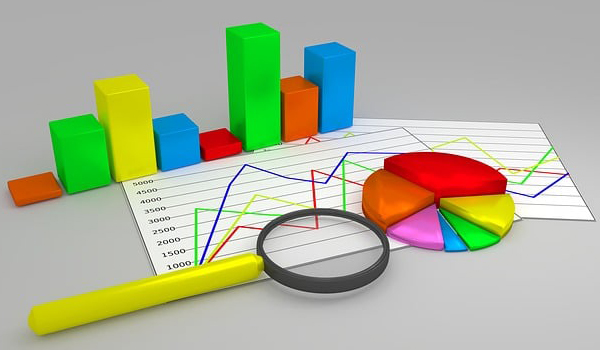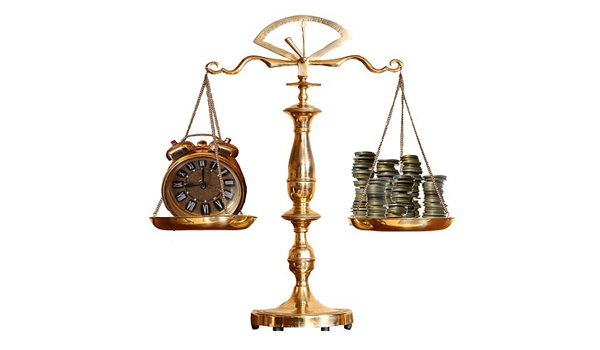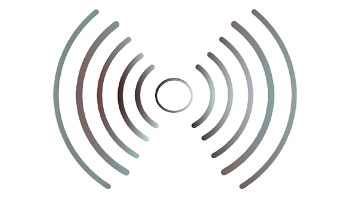Accumulated Depreciation
The net book value of an asset can be calculated by Accumulated Depreciation.
Updated: October 5, 2023

The total reduction in the value of the assets of a company on its financial statements from acquisition to the current date is known as Accumulated Depreciation. The net book value of an asset can be calculated by this.
A credit balance is represented by it, and its account is classified as 'contra asset,' which means that its natural balance is a credit which reduces the overall asset value. An asset tracking software can be used by companies to easily track asset depreciation and calculate accumulated depreciation.
Expenses need to be matched over the same accounting period as revenue generation according to the generally accepted accounting principles (GAAP). A business expenses a portion of the value of capital asset over each year of its useful life which means the cost incurred by using the asset is recorded every year.
The account balance increases quickly if the accelerated depreciation method is used by a company. More charges are there to the cost of an asset during its early use in this method. It can be difficult to judge the age of a fixed asset by using the accelerated depreciation method.
The specific portion of the cost involved with tangible assets are depreciation expenses which are recognized on income statement of a company as a non-cash expense. The net income and profits of a company is reduced by them.
Straight-line, Declining balance, Sum-of-the-year's digits and Units of production are four methods to calculate depreciation. Generally the straight-line method is used to calculate depreciation. The formula used to calculate Depreciation is (cost of the asset - salvage value) ÷ useful life, where salvage value is the estimated book value of the asset after the depreciation is complete.



